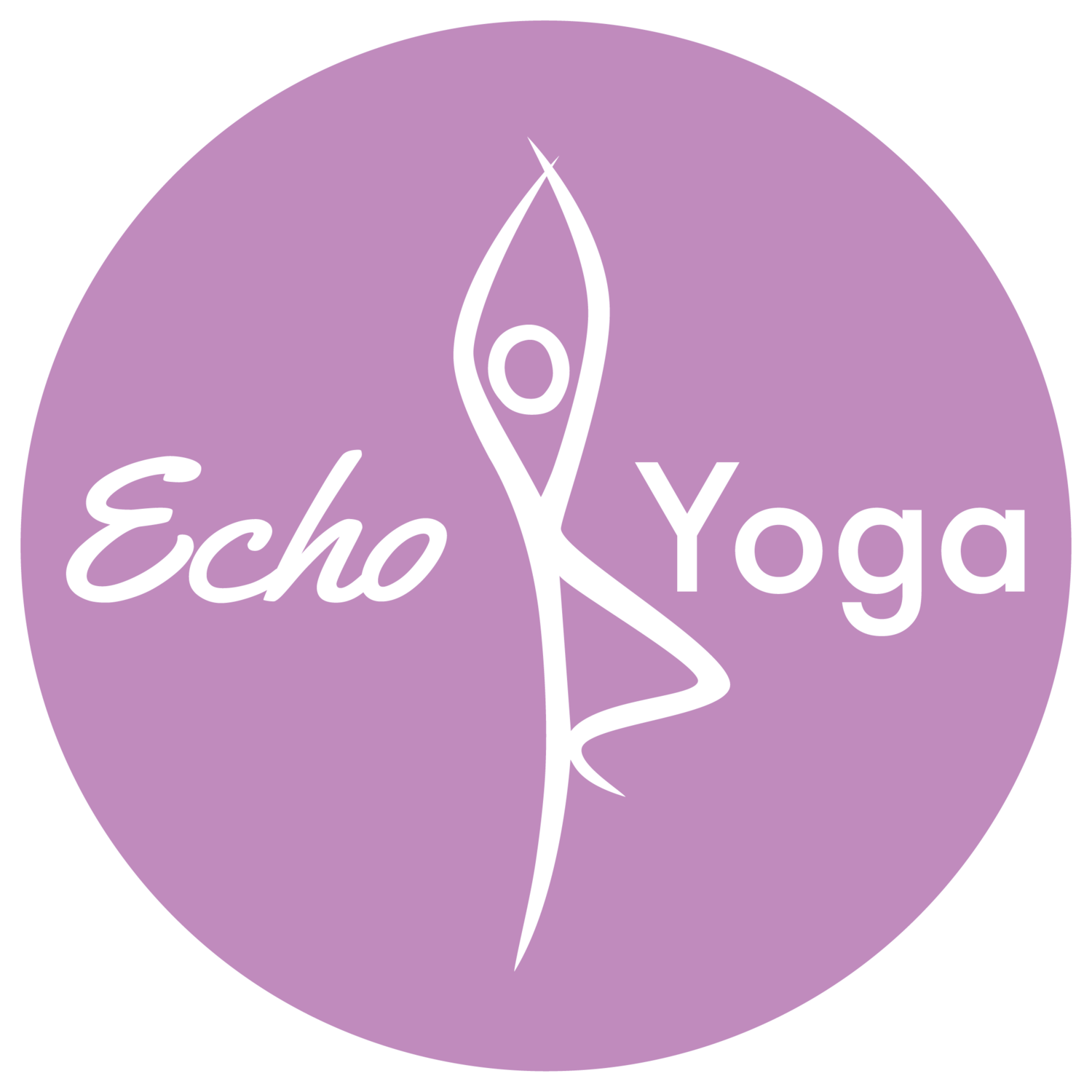Teaching Yoga - 5 key areas for a successful yoga class for adults with learning disabilities
In any yoga class there are people with different abilities and levels of experience. Teaching yoga to adults with learning disabilities is no different. These are the 5 key areas to consider to ensure a successful yoga class.
1. Communication Clear concise instructions should be given. Simple words used with no opportunity for misinterpretation. Beware of anybody with visual or hearing problems and provide the appropriate adjustments to your teaching style and delivery. Don't be afraid to continually repeat the instruction many times and allow time for the group to process the information/instruction. The National Autistic Society www.autism.org.uk have a free download resource on autism and sport and also have a great on line training module in communication (this has a fee). It's worth checking out.
2. Physical health At the start of any new class it is advised to have a health questionnaire completed. This is no different but some of the health issues may be complex but very well controlled. At the start of every class ask about new injuries or health problems. You will be given Frank and honest responses! You have been warned.
3. Physical versus intellectual age This is the challenge for teaching yoga to this group. Modifying the Asana practice to meet physical needs and incorporate themes from children's yoga to meet the intellectual age. But being aware that they are adults and should be treated as such. Use colours to help identify left and right, games with poses that are simple are a great starting point.
4. Management of stress or anxiety Within the yoga class some people may exhibit anxiety by shaking, wandering off or generally moving around the room. They can be guided back to the mat by the support worker or may even return independently. Keep focus on the main group and continuing the class they will re-engage with support. Relaxation (shavasana) is the most important and beneficial part of the class for this group of people. If they don't re-engage in class encourage participation in this part of the class.
5. Support from key workers These are important people in the class. They are able to alert the teacher to any issues with the person they work with. Any recent changes in behaviour, emotional or health issues. They can assist the person achieve the posture and help bring fun to the class by participating in the class. If you become concerned about somebody's health feedback to the support worker. They can follow this up or already be aware and provide you with a further explanation.
Teaching yoga to a group of adults with different Learning disabilities can be challenging for yoga teachers. However with careful class planning, building rapport with the group and their support workers and being open to new ideas can provide an enjoyable yoga class for everyone.



